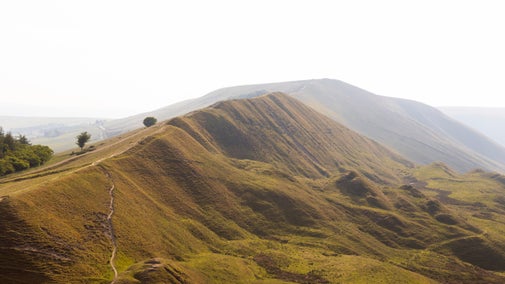
National Trust Heritage Records Online
Explore the entire Heritage Records Online website to discover more about the archaeology cared for by the National Trust.

The National Trust Heritage Records Online website is the easy way to discover more about the archaeology we care for. From buried remains to medieval buildings and industrial landscapes here are just some of the highlights from around the UK.



Explore the entire Heritage Records Online website to discover more about the archaeology cared for by the National Trust.
From hillforts to stone circles, gold mines and medieval castles, there's plenty to explore at the historic places in our care. Discover reminders of the past that tell the stories of our ancestors.

We survey all our sites for any signs of archaeological significance, using aerial photography and expert analysis on the ground. Find out more about our work to explore remnants of the past, and why it's so important to us.

Explore the atmospheric 7th-century Royal Burial Ground at Sutton Hoo and discover the history and mystery of what lay beneath the earth at this special place.

Discover the unusual objects that have been unearthed at Chedworth; from a 5th-century mosaic to bone hair pins and pottery.

In England, several sites of lost medieval villages can be found at National Trust places. Learn more about these abandoned villages.

Find out how your support helps us look after the past, from conserving historic buildings to revealing archaeological sites and supporting urban heritage projects.

Archaeology reveals the stories of people and communities from the past. Find out about the Anglo-Saxon burial ground at Sutton Hoo in Suffolk, Chedworth Roman Villa in Gloucestershire and many other rich and diverse sites.

Follow the final journey of the Anglo-Saxon burial ship found at Sutton Hoo, Suffolk, in our podcast episode, 'The last voyage'. You can also find more episodes from series seven, filled with nature and history.
